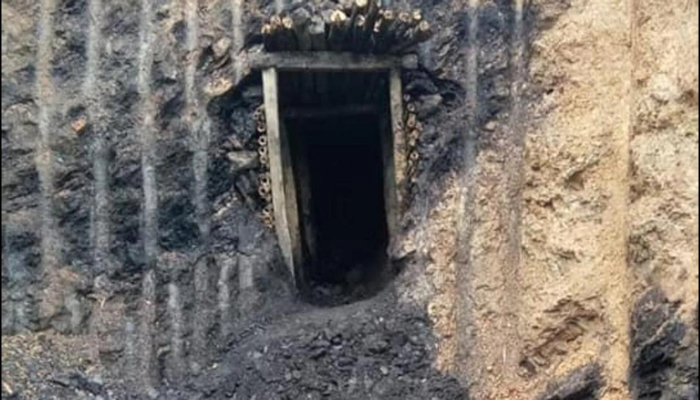Rat hole mining, notorious for its detrimental impact on the environment and worker safety, has faced scrutiny in India. However, recent events in the Uttarkashi tunnel complex shed light on a surprising turn of events where rat hole miners played a crucial role in the rescue of trapped workers. This article explores the complexities of rat hole mining in the context of the ban in India and the unexpected role miners played in the Uttarkashi tunnel incident.
What is rat hole mining?
Rat hole mining, a primitive and hazardous method of extracting coal, has been a cause of concern in India due to its detrimental impact on the environment and the health and safety of the workers involved. This unregulated form of mining, predominantly practiced in the northeastern state of Meghalaya, has prompted authorities to take stringent measures, including a ban, to curb its adverse effects.
Understanding Rat Hole Mining:
Rat hole mining is a method of extracting coal that involves digging narrow horizontal tunnels into the earth, often resembling the size of rat holes, to reach coal seams. These makeshift tunnels are typically small and unstable, making the mining process extremely perilous. The method gained prevalence in Meghalaya due to the presence of rich coal deposits and the absence of stringent regulations.
Environmental Impact:
Deforestation:
Rat hole mining often requires clearing large areas of forest cover to access coal seams. This contributes to deforestation, disrupting local ecosystems and depriving the region of vital biodiversity.
Water Pollution:
The mining process involves washing coal, leading to the release of effluents into nearby water bodies. This not only contaminates the water but also poses a significant threat to aquatic life and the communities that depend on these water sources.
Soil Erosion:
The haphazard and unscientific nature of rat hole mining contributes to soil erosion, leading to the degradation of arable land. This has a direct impact on the livelihoods of local communities dependent on agriculture.
Air Pollution:
The burning of coal extracted through rat hole mining releases harmful pollutants into the air, contributing to air pollution and adversely affecting the respiratory health of nearby communities.
Social and Human Impact:
Unsafe Working Conditions:
The tunnels created in rat hole mining are often unstable and prone to collapses, leading to hazardous working conditions for the miners. The lack of safety measures puts the lives of these workers at great risk.
Child Labour:
Rat hole mining has been associated with the use of child labor, further exacerbating the social issues surrounding this practice. Children engaged in such work are deprived of their right to education and exposed to serious health risks.
Exploitative Practices:
The lack of regulation has led to exploitative practices, with miners often working in deplorable conditions for meager wages. This perpetuates a cycle of poverty and economic vulnerability in affected communities.
Government Response and Ban:
Recognizing the severe environmental and social consequences of rat hole mining, the Indian government, along with the National Green Tribunal (NGT), imposed a ban on this mining practice in Meghalaya in 2014. The ban aimed to curb the unregulated extraction of coal and mitigate the associated environmental and human rights issues.
Challenges and Way Forward:
Enforcement Challenges:
Despite the ban, rat hole mining continues to persist in some areas due to enforcement challenges. The remote and difficult terrain, coupled with the involvement of powerful local interests, makes it challenging for authorities to eradicate the practice entirely.
Alternative Livelihoods:
Addressing the root causes of rat hole mining requires providing alternative livelihood options for the affected communities. Sustainable and environmentally friendly alternatives can help in transitioning away from destructive practices.
Community Engagement:
Involving local communities in decision-making processes and raising awareness about the long-term consequences of rat hole mining is crucial. Community engagement can foster a sense of responsibility and encourage sustainable practices.
Conclusion:
Rat hole mining, once an unregulated and perilous practice in Meghalaya, has faced the brunt of environmental and human rights concerns. The ban imposed by the Indian government underscores the need for sustainable and responsible mining practices. However, effective enforcement, coupled with community involvement and alternative livelihood options, is imperative to ensure a comprehensive solution to the challenges posed by rat hole mining. It is only through a collaborative effort that India can overcome the menace of this environmentally destructive practice and pave the way for a more sustainable and responsible mining industry.

